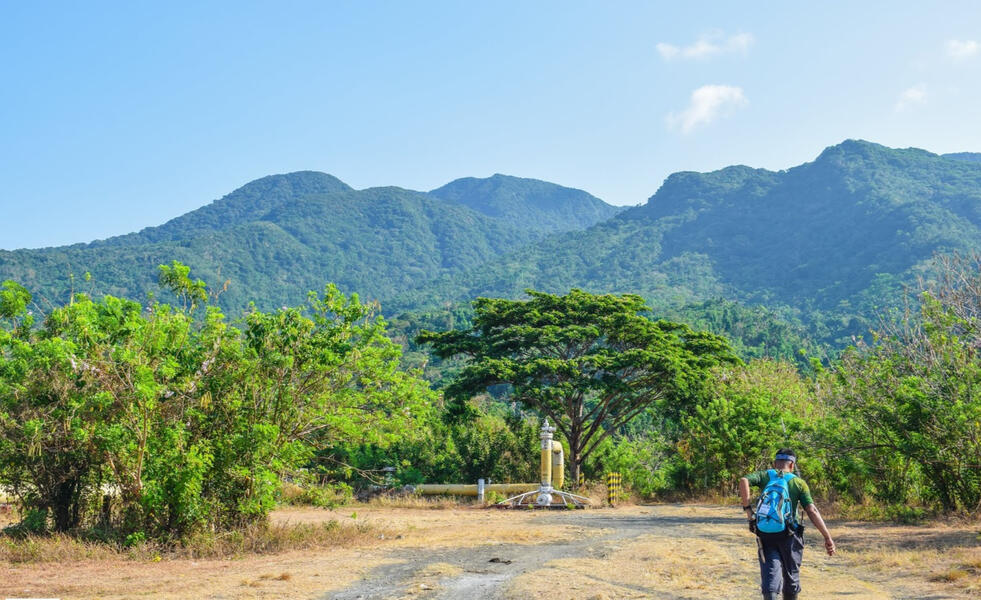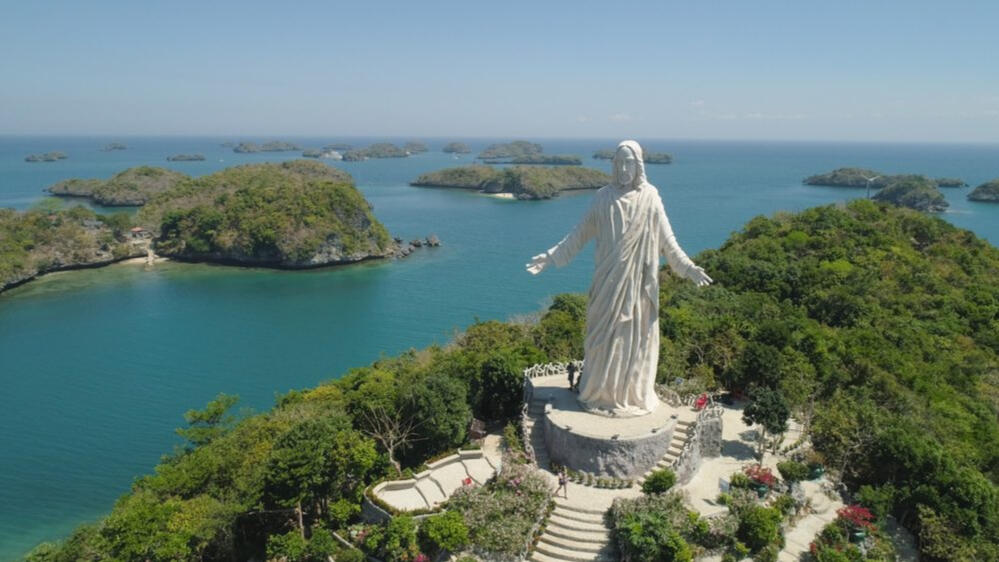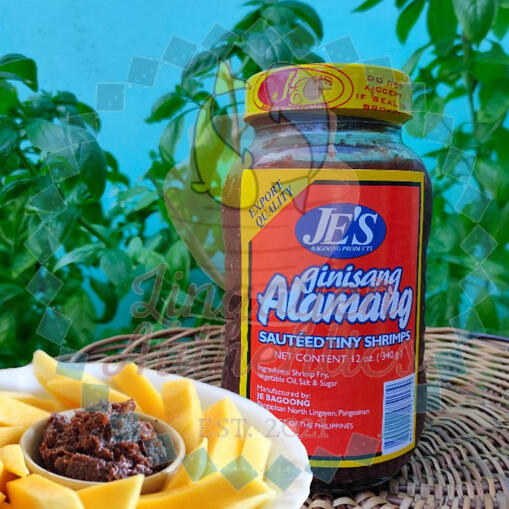PROVINCES
LAGUNA

Mt. Makiling, Los Baños.
With over a population of 3,382,193 and a revenue of 17,571,221,307.90. Laguna is known for its beautiful lakes and majestic mountains — such as the famous Mt. Makiling, Mt. Banahaw, and Sierra Madre — providing a lot of opportunities for vacation, travel and tourism.
Language
The primary language is Tagalog. The Tagalog dialect in Laguna is generally the same as in Manila, but with some influences from Batangas and Quezon dialects in terms of vocabulary. Most Laguna residents can speak English, especially in the urbanized regions.Basic LanguagesGood morning - Magandang umaga!
Good afternoon - Magandang hapon!
Good evening - Magandang gabi!
How are you? - Kumusta ka?
Where you going? - Saan ka pupunta?
How much is this? - Magkano ito?
Culture
Laguna's culture contains practices of Visita Iglesia is a tradition practiced by many Filipinos nationwide. Laguna also has several colorful festivals. Each municipality and city has their own unique festival. One of such festivals is the Coconut Festival of San Pablo, Laguna.
Tourist Spots
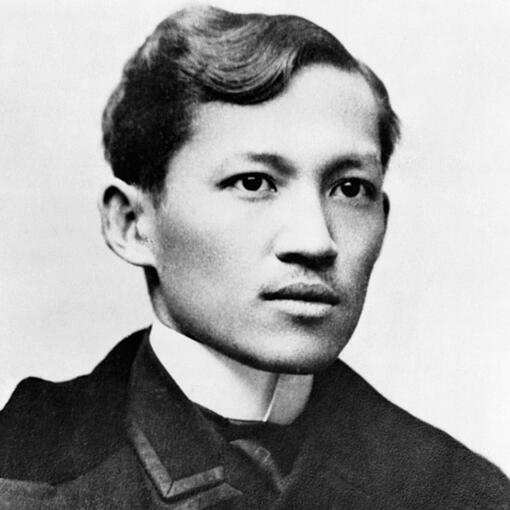
Jose Rizal
Laguna is known as the birthplace of Jose Rizal, the national hero of the Philippines. Also known to tourists are the Pagsanjan Falls, Park Town of Pila, Lagun, The Woodcarvings of men in Paete and Pakil, The Hot Springs of Los Baños on the slopes of Mt. Makiling and the Hidden Valley Springs in Calauan.
Famous Arts
Laguna's visual art depicting six traditional crafts: wood sculpting, embroidery, fiber weaving, whittling, papier-mâché, and footwear-making.
Foods
Buko pie, Kesong puti, Mer-nels cake, Espasol, Cassava cake, Cassava chips, Uraro, Bibingka, and Ube. These delicacies have great impact in the tourism industry of Province of Laguna..
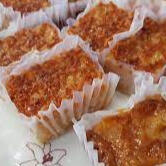
Cassava cake
PROVINCES
PANGASINAN
Pangasinan can be your quick escape especially it is guided by the seven core values, namely: Commitment to Service, Courtesy, Dependability, Honesty, Integrity, Professionalism and Teamwork.

Hundred Islands National Park, Alaminos
Tourist Spots
The Pangasinan Hundred Island National Park in Alaminos is the top Pangasinan destination for locals and international travelers alike. The protected area boasts of 123 islets scattered across Lingayen Gulf.
Language
Most Pangasinenses speak two or three other languages: Ilocano, Filipino, and English.Basic LanguagesGood morning - Naimbag a bigat!
Good afternoon - Naimbag a malem!
Good evening - Naimbag a rabii!
How are you? - Kumusta kan?
Where you going? - Iner so laen mo?
How much is this? - Sampiga aya?
Foods
Pangasinan translates to “place of salt” as it is a major producer of salt. In fact, two of their main products are bagoong (shrimp paste) and alamang (krill) that give additional flavor to dishes

Alamang
Famous Arts
Their handicrafts are usually made of SWAMPLAND GRASSES, BAMBOO, and RATTAN. In the past, some farmers left their farms when the fields they were paddling and selling their bamboo and rattan-based products like DUYAN, BASKETS, HAMPERS, and other crafts to the different places of central Luzon.
Culture
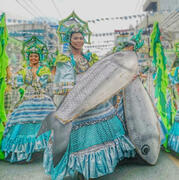
Bangus Festival
The people of Pangasinan are noted for their piety; both the Virgin of Manaoag and the Son of God (Divino Tesoro) are said to have worked miracles. However, they also maintain a deep-seated belief in supernatural beings beyond the fold of the Church.A thanksgiving festival in Lingayen, Pangasinan also called as “festival of the sea” which celebrates the region's bountiful sea harvest through a series of fun activities such as musical competitions, trade fairs and tourism expositions, beauty pageants, and sports fests. It is called Bangus Festival
